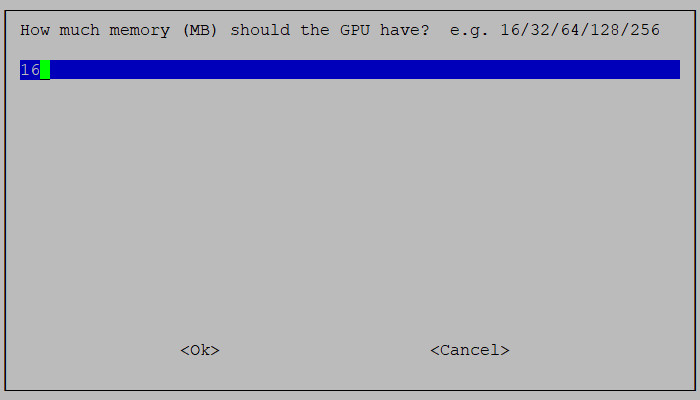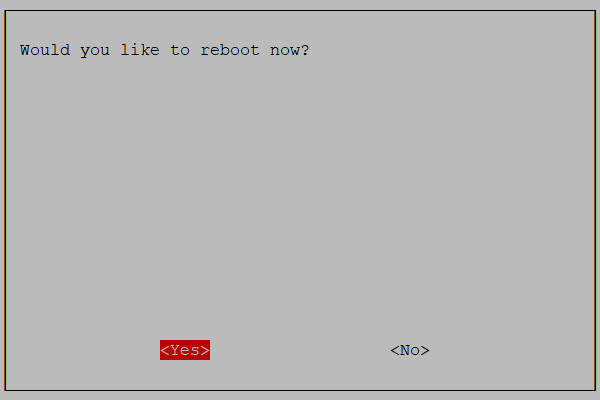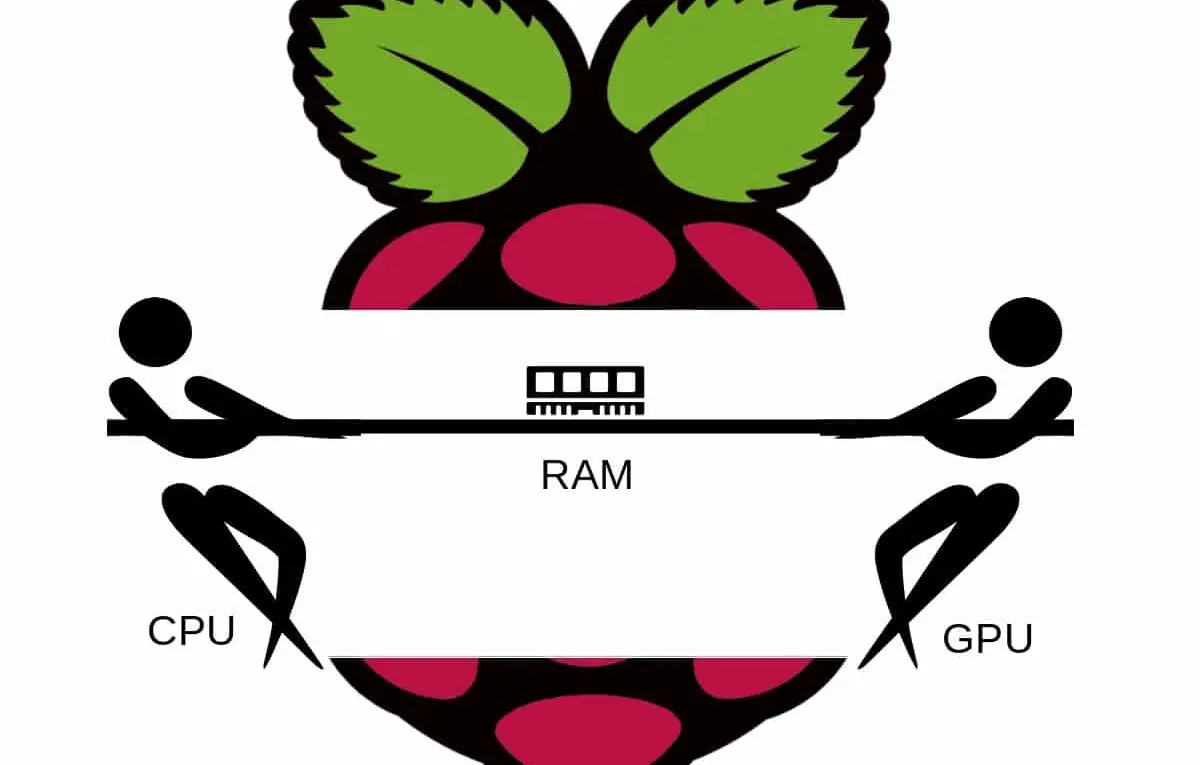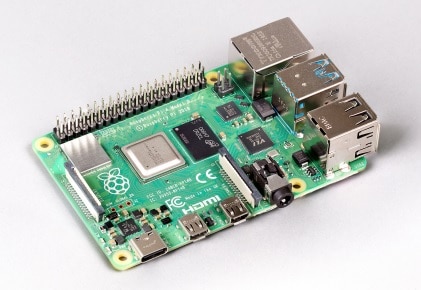Manage Raspberry PI GPU Memory Split
Last Updated on 23rd June 2023 by peppe8o
As you know, Raspberry PI is, before all, a single-board computer. This means that available memory is shared between the CPU (Central Processing Unit) for program usage and GPU (Graphics Processing Unit) for video processing usage.
Unlike other bigger computer boards, Raspberry PI hasn’t memory slots to increase total available RAM (even if the last Raspberry PI 4 models increased up to 8GB, matching heavier tasks needs). Furthermore, the amount of memory assigned to the GPU is subtracted from the CPU and you can’t dynamically reassign it until re-set its quantity and reboot.
For this reason, you could need to tune your RAM needs and test and re-test until you find the right compromise.
In this tutorial, I’m going to show you how to manage Raspberry PI Memory Split and set the RAM amount assigned to GPU. This tutorial applies to all Raspberry PI boards.
Memory Split Settings: PROs and CONs
RAM amount is one of the most precious resources for every OS. You have to set it carefully, because a low amount of CPU can give system instability and slowness, forcing it to use swap memory (SD storage portion used to help RAM) too often.
On the other side, a low amount of RAM to GPU will result in desktop environments being unusable with frustrating slowness.
Back to Raspberry PI, memory allocated to GPU can be set from 16MB upward.
- GPU to 16MB – is a good solution for operating systems without desktop environments (Raspberry PI OS Lite). In this case, you don’t need graphical features because you only use a terminal console. It gives quite all RAM to programs which will run at full of their capability.
- GPU to 64MB – is, in my opinion, the minimum amount of GPU RAM for light desktop environments (like Raspberry PI OS Desktop) when your need is only for email checks and web page browsing (excluding videos). This can be considered the starting base for desktop installations.
- GPU to 128MB – is a good compromise when using light desktop environments with some office apps for light documents. With this configuration, you can also start seeing decent videos
- GPU to 256MS – is for more complex Desktop environments (check, for example, available Raspberry PI OSs). But this amount could start interfering with CPU RAM, so impacting programs performances.
Please share your opinions on GPU Split Memory settings in the comments section at the end of this post.
What We Need
This is more a settings tutorial than a project. You will probably already own:
- Raspberry PI computer board (including proper power supply or using a smartphone micro USB charger with at least 3A)
- high speed micro SD card (at least 16 GB, at least class 10)
Step-by-Step Procedure
Once installed your favourite Operating system (Raspberry PI OS Lite or Raspberry PI OS Desktop), please remember always to update. From terminal:
sudo apt update -y && sudo apt upgrade -yWe’ll use the Raspberry PI OS built-in raspi-config tool to reach immediately Memory Split settings. From terminal:
sudo raspi-configIn the following screen select option 4 (Performance Options) and press ENTER:

In the next screen, please select option P2 (GPU Memory) and press ENTER:

In the next screen, you can write the amount of RAM (in MB) assigned to the GPU. Press ENTER after writing the related number:

After this, your screen goes back to raspi-config home. Go to “Finish” with the TAB key on the keyboard and press ENTER:

You are now warned that a reboot is required. Please remember to save documents open, if there are, and select yes to reboot:

On system reboot you can check Memory Split setting by using the following terminal command:
cat /boot/config.txt | grep gpu_memThat should return the right GPU memory allocation:
pi@raspberrypi:~ $ cat /boot/config.txt | grep gpu_mem
gpu_mem=16
What’s Next
Want to know more about cool projects to do with Raspberry PI computer boards? In this case, the right resource for you is my Raspberry PI tutorials page.
Enjoy!




WOW – November 2020 and this is already out of date. My revision is the same as yours in raspi-config, but 6 is Advanced Options and no 7. (odd 6 then 8) And under 6 it is now A3=GL Driver “experimental desktop GL driver”
I have no gpu_mem in my boot config
Thank you for notifying me, Jim. I’ve updated post images and references. In latest raspi-config version it has been moved under Performance Options > GPU Memory